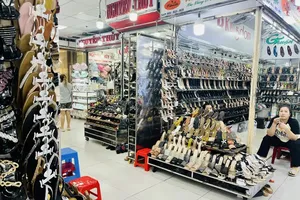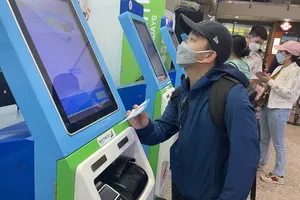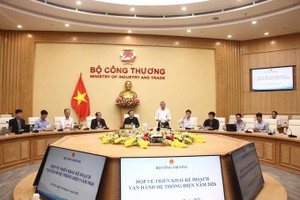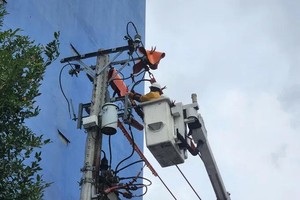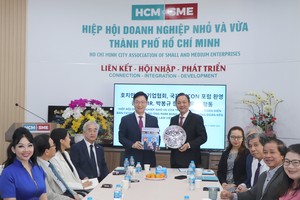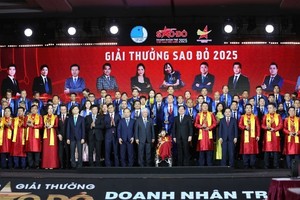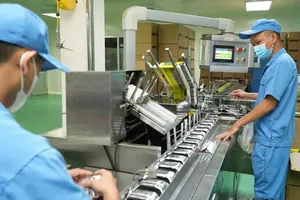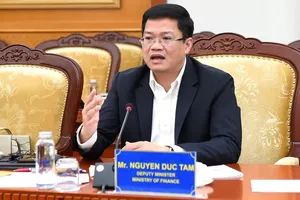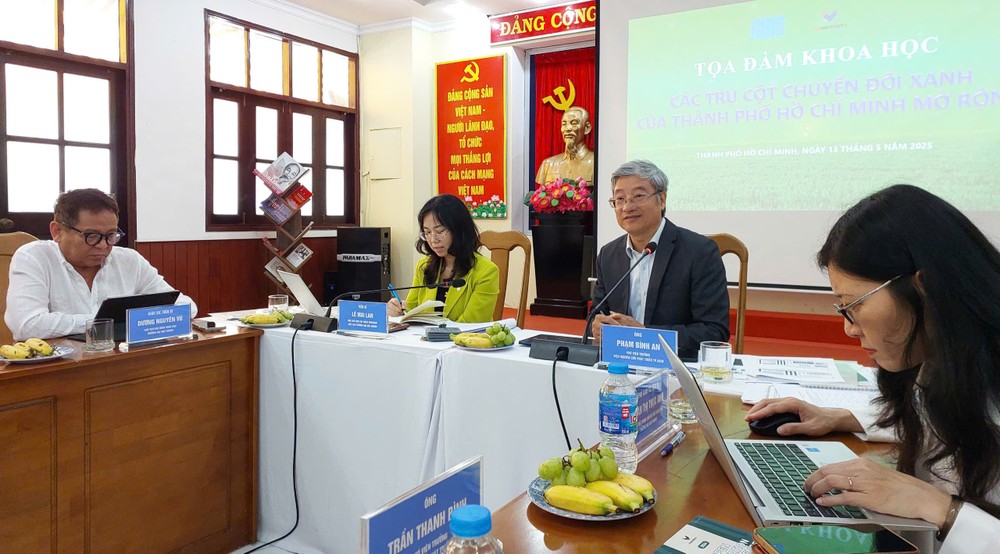
Green transition priorities: Industry and transportation
Dr. Phan Thuy Kieu, representing the research team from the HIDS, emphasized that HCMC must swiftly establish a robust policy framework for green growth in order to meet its Net Zero target by 2050. This urgency is underscored by the city’s status as Vietnam’s top greenhouse gas emitter—a situation likely to intensify following potential administrative integration with Binh Duong and Ba Ria–Vung Tau.
The study identifies transportation and industry as the city’s primary sources of emissions. Alone, vehicular transport generates an estimated 13 million tons of carbon dioxide annually. Transitioning to electric buses, renewable energy, and clean technologies in industrial processes has emerged as a strategic imperative to secure sustainable development through 2030 and beyond.
MSc. Ho Nguyen Thai Bao of the HIDS highlighted that the city’s recent administrative restructuring has expanded its jurisdiction to over 6,700 square kilometers—opening the door for it to become a leading green economic center in the Southeastern region.
The green transition will hinge on the development of renewable energy, sustainable logistics, green finance, and the circular economy. The city’s newly acquired assets—including land reserves, interregional infrastructure, and a coastal ecosystem inherited from Ba Ria–Vung Tau—lay the groundwork for carbon-neutral industrial zones, wind power equipment manufacturing, and eco-friendly maritime transport. Nonetheless, environmental vulnerabilities, particularly in mangrove forests, demand integrated urban planning strategies that align with sustainable development principles.
Associate Professor Dr. Phan Thi Thuc Anh of VinUni noted that the university has served as a strategic partner in helping Nha Trang and Khanh Hoa craft comprehensive green transition plans at both city and provincial levels, establishing the area as a national forerunner. The initiative has mobilized over 50 domestic and international experts, delivering tangible impacts in green tourism, transport, agriculture, and lifestyle.
Of particular concern is Nha Trang’s low public transit usage—just 2.6 percent—while all existing vehicles still run on fossil fuels, making the need for a green transportation overhaul urgent. The master plan has proposed over 100 projects, alongside dozens of standards and cutting-edge management tools such as Digital Twin technology and Building Energy Management Systems (BEMS), positioning Khanh Hoa as a model for green transformation, capable of attracting investment and raising the bar for sustainable living.
VinUni has recommended that the green transition in the expanded HCMC area prioritize key sectors, including industry (with a focus on energy), transportation, agriculture, environmental management, and sustainable lifestyles. Specific initiatives include zero-plastic traditional markets, landfill-free neighborhoods, rooftop gardens paired with solar panels, green living education in schools, AI-powered consumer sustainability chatbots, and the use of Digital Twin systems for smart traffic management.
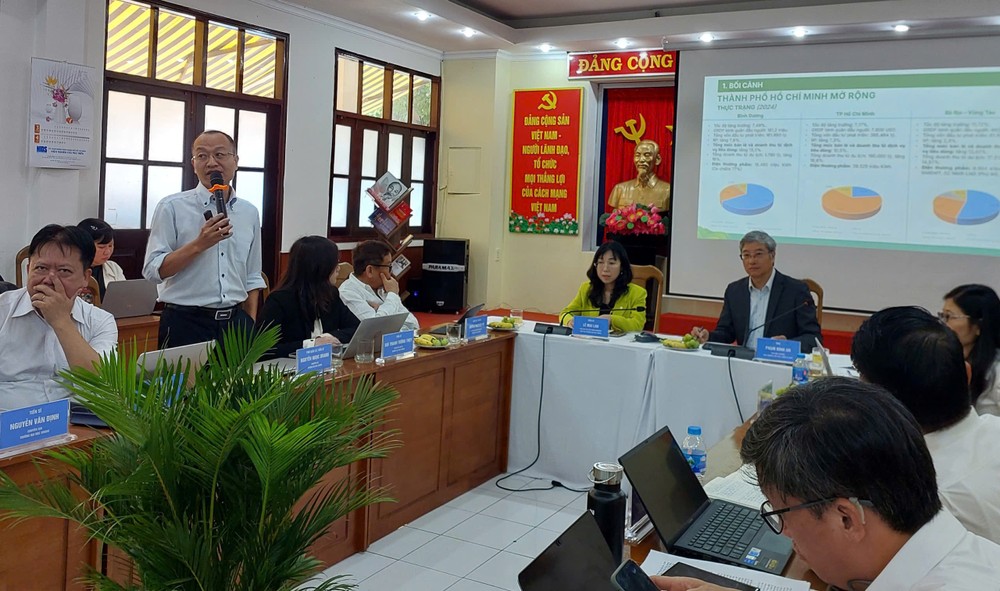
Supporting SMEs in the green transition
According to Mr. Le Van Danh, Deputy Director of the Department of Industry and Trade of Ba Ria–Vung Tau Province, the most pressing challenges facing small and medium-sized enterprises (SMEs) in the green transition are access to finance and the legal framework. While public funding remains limited and mired in complex procedures, many off-budget funds are willing to support green investments at low or even zero interest rates. This creates an urgent need for a more flexible mechanism to mobilize and allocate resources efficiently.
Institutional barriers further compound the issue. For instance, the circular economy pilot project in Con Dao has encountered legal ambiguities that leave local authorities "groping in the dark" due to the absence of a clear regulatory corridor. Mr. Le Van Danh also underscored the overlapping responsibilities among government agencies—many sectors fall under the jurisdiction of multiple departments, yet no single body is clearly designated to lead.
A representative of Vu Phong Energy Group stressed that the industrial sector remains a crucial and urgent pillar in the green transition, calling for more aggressive action to help manufacturing enterprises increase their adoption of renewable energy.
Many companies are eager to invest in rooftop solar systems, but remain stalled by regulatory bottlenecks and prolonged return-on-investment timelines. The direct power purchase agreement (DPPA) model once raised high hopes, but to date, only Samsung has managed to implement it successfully. “What about Vietnamese enterprises?” the Vu Phong representative posed pointedly.
He advocated for the establishment of a dedicated support unit to provide technical and legal assistance, and to build the capacity of local officials. Such a unit would play a pivotal role in guiding businesses through the complex process of green transformation.

